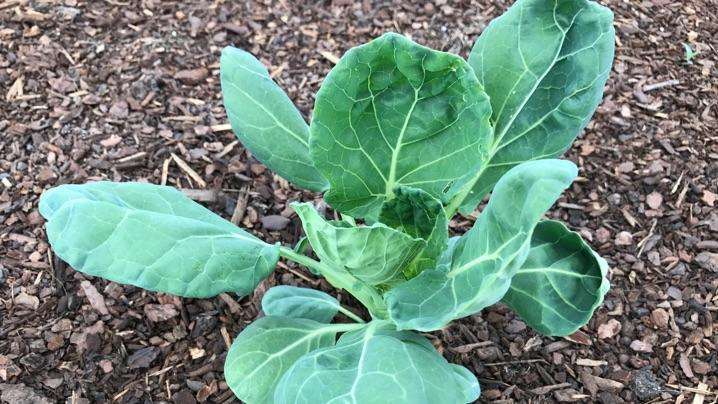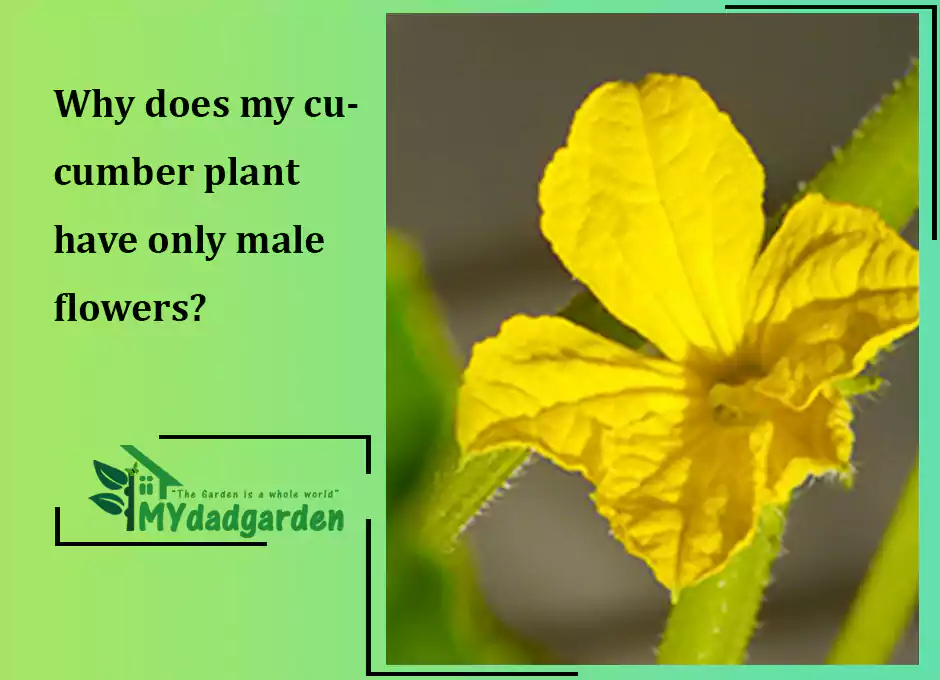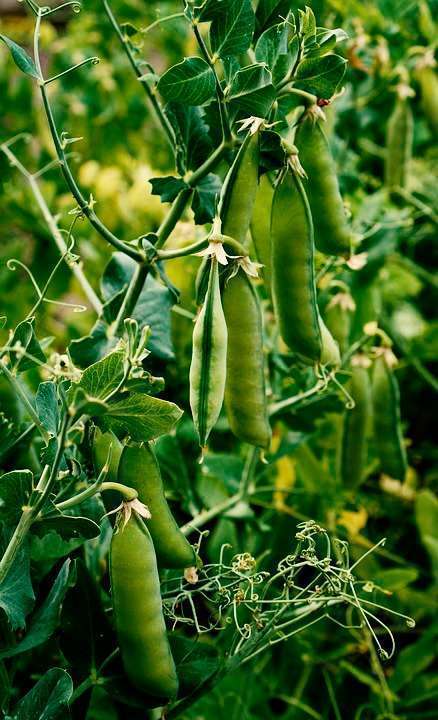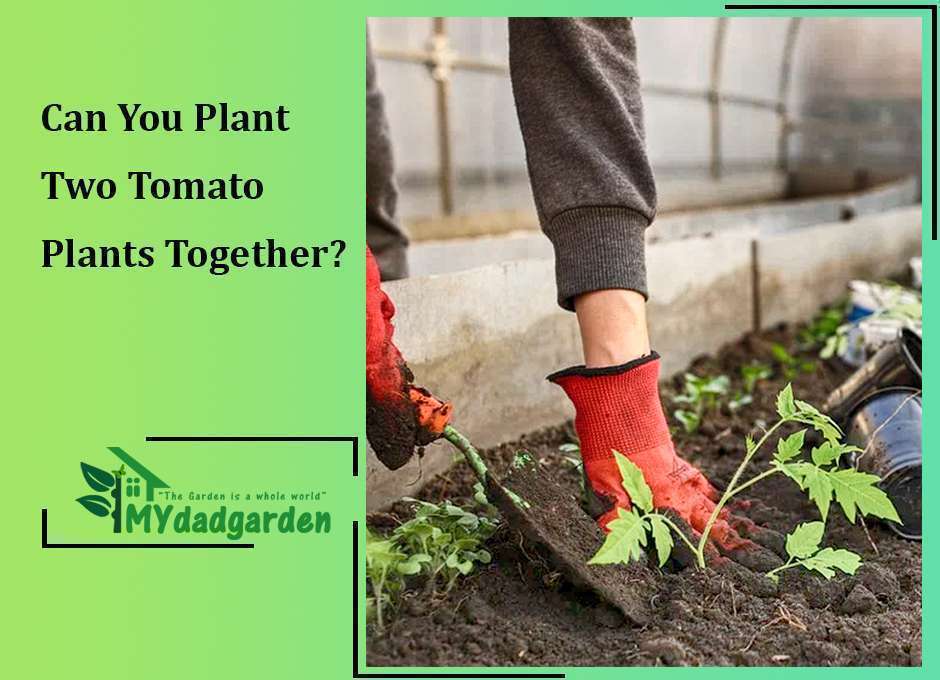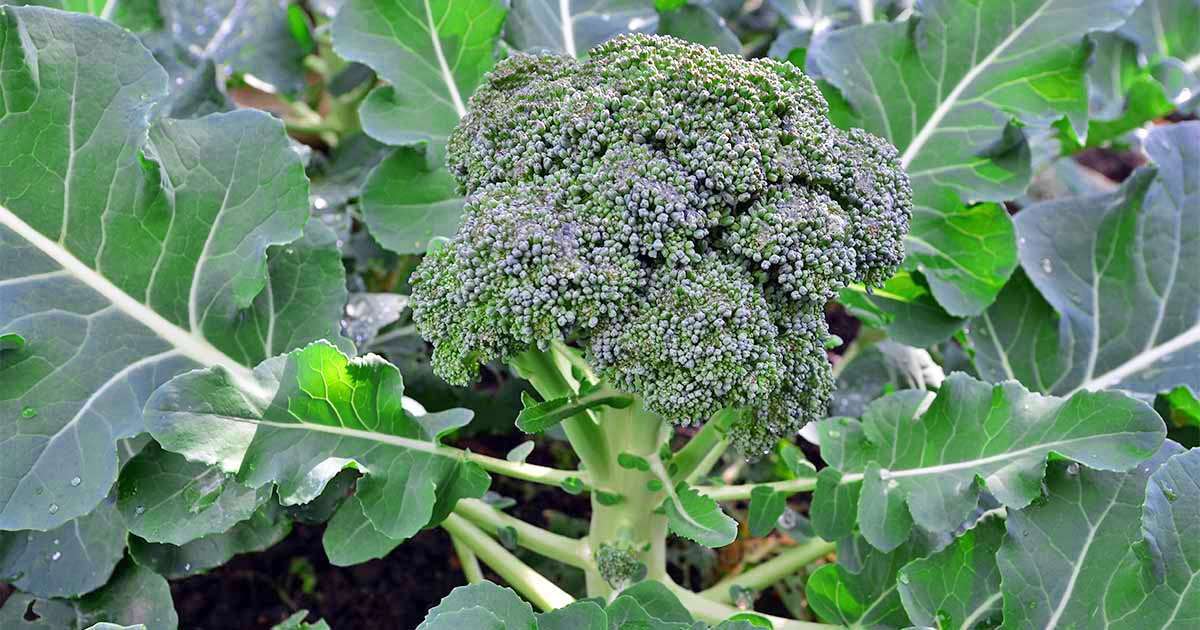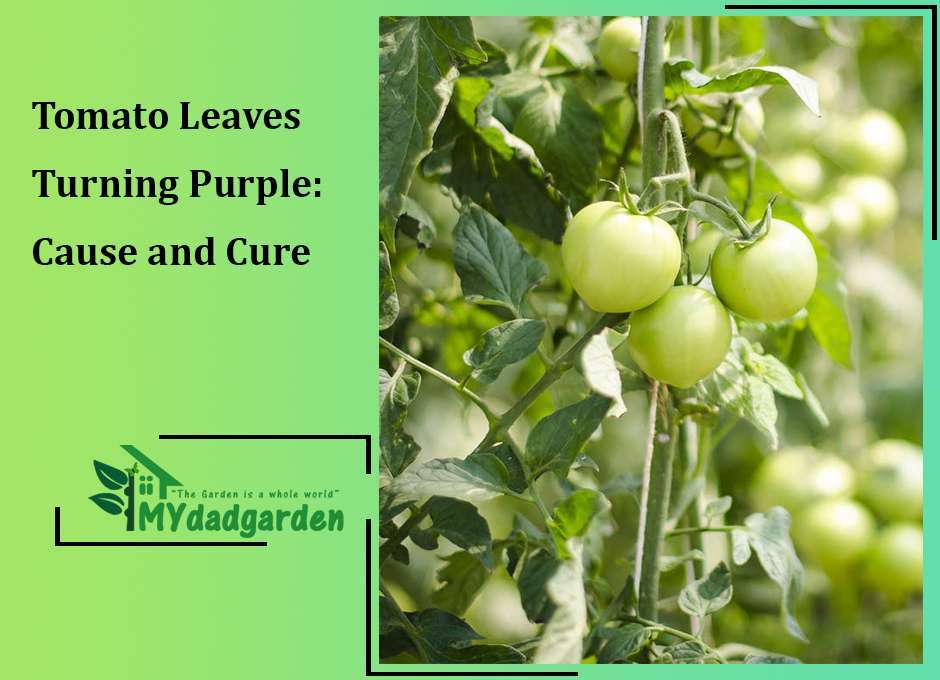How To Grow Beans : Bean Cultivation
Bean known as a crop belongs to the family Fabaceae. As a vegetable that can be cooked according to several ways for both men and animal, Beans have been a regular servant for farmers. Also, the nutritional value is comparatively high of this vegetable.
It is a protein source known to have enriched with several minerals and vitamins. If you are looking for a vegetable as an adult who suffers from diseases with age, Bean will be a perfect match for your health condition.
Bean is one of the most suitable crops for home gardens as well. The ability to survive in adverse weather conditions, low requirement of fertilizer, ability to withstand waterlogging conditions, having a vast range of varieties which are resistant to pests and diseases, and there are so many benefits with this crop.
When it comes to cooking, Bean has been an agent that can change the taste of any food under different cooking recipes. It can be cooked in boiling, frying, baking, and even as a cereal.
If there is a crop that has a higher and increasing yield that will probably be beans. There are many favorable characters for the consumers in bean cultivation. You will see progress in every week that passes since the seed sowing. As a crop known as a creeper, Bean has now become a vegetable that can be considered as a bush too. At present, the beans have been able to grab the farmers’ attention with the latest bush beans, and climbing pole types. Also, these two types have

Table of Contents
Varieties
When it comes to varieties, you will be able to find several types that have been modified by several authorities in the world. Also, it is essential to remember that there are varieties that have been classified as natural selections and hybrid varieties for high yield as well.
Chines Beans
Also known as Asian Bean, Chinese ben is a variety known for the ability to produce longer and larger pods. The beans or the seeds are larger than the familiar Bean. The pods will grow up to 1- to 2-foot pods.
The most significant feature in this variety is having produced slender pods. When it comes to the climatic requirements, these pods will be mostly available in the dry zone.
Also, the ability to tolerate dry conditions is considered moderate. As several varieties have been produced by crossing the Asian Bean type with global varieties, it will be more productive either to your home garden or to your cultivation if you use such crossed varieties.
French green beans
When it comes to the pod cultivation, it has been a difficult thing because of the creeper nature of the beans. Also, farmers will have to provide support to each plant with the development of the plants.
Although it is not a hard thing for the plants in the home garden, you will have to expend extra hours for these things for sure. French green beans have been one of the best solutions for people when producing bushy type beans. 3- to 5-inch pods will bring an elegant look for the cultivation.
Also, you don’t need to provide anything special for the support as well. One of the essential features for the farmers is the ability to get the harvest in less time than other varieties.
Italian
When it comes to tolerating the hottest climatic factors, the Italian or Roman will be the best choice you’ve got. You might be able to cultivate this variety to get 6-8inch long pods.
The most important feature of this variety is its other varieties that have been made by crossing several selections. The Roma or the Jumbo types are a couple of those varieties. The Jumbo is a variety that produces vast seeds and pods. The approximate length of a pod is almost a feet.
If you are looking for a bean variety that can produce larger pods in a warm climate, Italian will do the best.
Purple beans

The market demand is a thing that needs to be focused when selecting a crop. When it comes to bean cultivation, you will be able to see several varieties with different sizes and shapes. The green color is a significant color loved by most of the adults.
The cooked greenish Bean is a product of this variety. You will be able to obtain 5- to 6-inch pods with the Purple variety. Although the row form is purple, you will be astonished by the outcome.
Another quality of the variety is, the variety is a bush type. Therefore, this will be a perfect match for your terrace or the pot in the balcony.
Snap beans
The name for this musty has fallen because of the sound that comes when breaking the pods in cooking. What you get as pods are no longer different from the stem as the pods are slender and the beans are bit small.
The Kentucky Wonder variety is a modified variety of this variety as well. When it comes to the purpose, it is used as a decorating crop for backyards and home gardens because of its unique ability to act either as a bush or a tall variety.
The most important thing about this variety is its stingless design which makes so convenient when cooking.
Yellow wax beans
The taste is a constant thing for most of the bean varieties. Unlike the majority, this particular variety will deliver you a milder flavor after cooking. The 6-8 inch long beans will bring more taste than the other green varieties.
Yellow wax bean is naturally known as a variety that can tolerate the acidic conditions of the soil. When it comes to the only disadvantage, the yellowish color of the pods will not grab the attention of the customers quickly.
Bean Mascotte
If you are a person looking for a better variety for your home gardener, this one will do the exact thing. The bushy type bean variety is way capable of tolerating adverse effects up to some extent. Also, they will not get stressed for potting as well. You may put them in a container in a compact manner as well.
Bean Mascotte will produce medium color bean pods which are having a pleasant taste than the other bean varieties. The usual greenish color pods will be an ideal product for the plate indeed.
Soil type

Ploughing, harrowing, and levelling are the most important thing you need to do in the land preparation. Even if you are going to cultivate beans at your home garden, you will have to follow these steps. You need to turn the soil at least twice before sowing seeds which will reduce the threats from soil born pathogens and weeds.
The ploughing depth has to be maintained for 30-40 cm as the more depth will not be necessary for the spread of the roots. Levelling will also bring up a uniformity to the field. When it comes to pot filling in the home garden, you will have to provide the soil with a slight tilt. If the soil is not rich with the nutrients, you will not get the best results.
Although the soil is not a significant factor when cultivating the beans, it will be better if you can manage to provide a loosen soil. Well-drained soil types will be able to maximize the growth by allowing the plants to spread their roots.
If your soil is not a drained one, you will have to face several growth problems in the future. Although ploughing is not a need for cultivation beans, you will have to turn the soil at least once. If the drainage is not maximized, pests and diseases will also be a fact you need to give the focus.
Soil fertility is a fact you need to provide the attention. If you don’t have an idea about soil fertility, you will have to conduct a soil test.
The preferred soil pH is 6 for bean cultivation. If you are having acidic problems in the soil, you will have to treat the ground first of all. Also, the availability of organic matter in the environment is the right solution for maintaining a neutral form of the earth.
Most importantly, you need to follow the crop rotation in case of having a virus or a similar effect in the bean field. Because turning up the soil will not be just enough. The ill-drained soil is a significant reason for having a massive variation for the pH value.
Seed Rate

Seeds rate can be defined as two types. As you are aware, there are two types of Bean, pole bean and bush bean. As you may maintain a closer distance for cultivating bush beans, the seed requirement for pole bean is 75 kg/ha which is comparatively higher than the bush types.
As the sunlight is not a competitive factor for the bushy types, you may use distancing in closer ranges. When it comes to pole bean, the seed requirement is 50 kg/ha, which is a low seed rate when compared to the bushy type.
These values may change according to the varieties that you are going to use. For example, the semi-pole varieties will need about 65 kg/ha. Also, you may use different values for the home garden, terrace gardening, and balconies.
Planting Time
Beans prefer long sunlight hours to provide the best results. Therefore having the clouds filled in the sky is not a thing you need to maintain. Although there are many times of the year which are suitable for planting, you need to wait until the rain.
The best conditions will apply after getting a high amount of rain to the field. Although the rain is not going to be a common thing, you should wait until the fall or the winter to set the best environment adjustment.
Also, it is important to skip the heavy rains as much as possible. The waterlogging conditions will not allow your cultivation to succeed, as well.
The frosty conditions are also things you need to keep your eyes open. As some several pests and diseases can approach to your cultivation, you must skip those periods as well.
Usually, beans are vegetables that can tolerate the sunlight up to some extent. Therefore you must be looking for a time with a long day time. When it comes to the United States or Europe, you might have plenty of times and periods of the year. It will not be a hard thing to find a proper time in Spring or Winter of the year.
Sowing
Sowing is not a too hard thing when it comes t beans. All you need to do is to maintain the distance among the plants and between rows. There is one particular thing you need to remember when leaving them, and two types prefer two spaces.
The bush type is the one that can be sown in the soil much closer. You may leave the spacing of about 10-15cm per each. As the sunlight is not going to be a competing factor at the ground level, you may use the recommended spacing and reduce it a bit too.
When the pole bean is going to be cultivated in the field, you need to leave more than 20cm per each plant, and the row has to be separated by 25cm at least. As the plants are going to grow up to some extent, you will need to provide more space.
As there is not a substantial rooting system for beans, you should not cut pits using a hammer. It will be enough if you make the hole using your thumb finger. It is enough to make a hole with 2cm depth. Most importantly, it would help if you remembered that Bean is not a crop which needs to send through a nursery period.
Because of the weakened root system, Bean cannot stand against the transplanting. Although you are going to cultivate this crop at your home garden, you must follow the recommended spacing to have perfect cultivation in the end.
All you have to do is to develop the crop and provide the necessary protection as much as you can. If there is a chance of heavy rains, you need to sow the seeds on a heap. It will provide the necessary protection for the plants.
Providing Support

It is essential to provide support to the plants. However, it will not be necessary if you have a bush type bean in the cultivation. As the beans are creepers, they love going on the ground. But, it will be a threat to these plants from several diseases and pests to go on the floor. The more the plants get in contact with the soil, the more they will get infections and pest attacks.
The wooden sticks or any sticks can be used to provide the needed support to the plants. Most importantly, you need to be careful when tying up the beans with the strings as they can damage the stem of the plants.
When it comes to home gardening, you may use several things as support. The best way that can be used is to send the beans along a tree. Some home gardeners use Bean to decorate their home gardeners by sending the creepers along with the structures.
Maintenance
After the seed sowing, you will get seedlings after 2,3 weeks which needs the protection from you. Therefore you need to follow the necessary practices to get a high yield for these plants. The most vital factor to be provided with the plants is the moisture. Then the sunlight will take the plants up to a vast harvest with the best conditions and the continuity. Here are 06 factors that you need to take care of when caring for the plants.
Mulching
Soil moisture conservation is an essential practice needed to be done. As the root system is not a much spread one, you will have to provide the water more frequently.
Mulching is the best practice to conserve the available soil moisture. Straw can be used as the best material for mulching as most of the farmers do that. Although mulching is a practice that can retain the soil moisture, you need to provide the mulching for several other factors as well.
Mulch will let you have weed-free cultivation for a long time. In the end, the mulch will be a good fertilizer as well what you need to remember when mulching the ground is to avoid using weeds as the mulch because it will create future threats of weeds around the plant by the pollens of the weeds.
Watering
Watering is also an important thing to do. Although the beans pr3efer temperature and sunlight for the best performance, you need to provide water at least twice a week because the flowering is a thing that depends on the watering. It is recommended to water the bean cultivation 2 inches minimum.
Also, you need to water the plants mostly on the sunny days to avoid the soaking of the foliage. Also, you must avoid watering the plants on frosty days to prevent the pest threats to the cultivation.
Whatever the cultivation you have, you may few methods to irrigate the land. Drip irrigation drains, and sprinklers are the best ways to wash the cultivation.
When it comes to home gardening, you may use water buckets to fulfil the intentions because of the less number of plants at the home garden.
Fertilization
It is a must-to-do factor in the beans. As most of the nutrients based on Nitrogen are going to be removed from the field, you will have to provide the Nitrogen to the cultivation. If it is a commercially grown cultivation, you will have to add N-145 kg/ha (45 kg/ha if nodulation is satisfactory), P205-130 kg/ha, K2O-90 kg/ha as the recommendation.
The fertilization has to be commenced soon after the pod filling startup. Also, you will have to provide Urea – 190 kg/ha, TSP- 285 kg/ha, and Muriate of potash -150 kg/ha as the basal dressing. The top dressing recommendation is 125 kg/ha of urea four weeks after planting.
If you are going to apply the chemical fertilizer for a home garden, you will have to identify the soil condition as the very first thing because it is your family who is going to have these products. Provision of unnecessary stuff to your home garden will be an additional cost as well. The best thing you may do is to supply organic matter and manure to the bean cultivation at the home garden.
Weed Control
As the weakened root system, the plants will not be able to tolerate a high density of weed plants. Therefore you will have to control the weeds in the field soon after the seed sowing. Although there are many ways you can control the weeds, it will be better if you can practice hand weeding.
Weedicides are the next better option for the cultivation. However, it is recommended to apply the weedicides before the cultivation commences. Mechanical weeding is not recommended for Bean as it may damage the plants. If it is a home garden, you will be able to weed the cultivation effectively as there is not much space.
The weeds can cause several troubles to the farmers except for the competition for freedom and the nutrients. They become hosts to several pets as well. The pests select weeds as the home until the harvesting is collected. The yellowing mosaic virus is a threat that you may get via the weeds. Also, you should not apply the weeds on the cultivation as a mulch.
Endurance Of Hot Weather
You will have to use covers if the temperature is too high. Most importantly, you will have to practice this when focusing on getting high yield.
During the heavy sunlight periods, the blossoming will delay, and the pollens will drop because of the heat stress. Therefore you will have to use row covers to provide the necessary protection to the plants. You need to take care of the stems not to harm the plants as well.
Diseases
When it comes to disease, Beans are highly susceptible to fungal infections such as Collar rot, Anthracnose, Rust. The most common bacterial disease for beans is Bacterial Blight. All these diseases may cause a reduction of the harvest as the final results. Although most of them are not deadly or forcing the farmers to follow crop rotation to be avoided, the Yellowing Mosaic Virus is considered as the disease you need to take care of.
Fungicides are the best things you can use to avoid fungal diseases. The seed treatment can be practised to the seeds before sowing. Also, you can reduce the threat by improving the drainage, cultivating resistant varieties, improving the field sanitation and proper weeding practices to keep the diseases below the economy level.
When there is a virus such as mosaic virus, you will have to remove the diseased plants immediately from the field. The most important thing is to control the water as it can carry the virus to plant parts.
Vectors also have to be controlled. As the post-harvest practices, you might have to follow the crop rotation to get rid of the viruses and some diseases as a smart move.
Harvesting
Unlike most of the crops, Bean has to be harvested at the correct time of the day. The beans have to be gathered in the early morning because of many benefits. The very first benefit, having high amounts of sugar in the pods, will leave the sweet taste of the Bean until a long time. Also, the stress for the plants will be less due to the morning selection as well.
If you are a home gardener, you will have to collect the harvest several times from the beans. Therefore it is essential to practice the selective harvesting for the beans. When plucking the pods, you need to select the tender pods where the beans have fully developed the content. If you choose the immature pods, you will not get a good harvest, as well as the plants, will retard their growth.
One of the things most of the farmers are aware of is that, the more the harvest is collected, the more the pods will be produced by the plants. Therefore, you should harvest fully grown pods in a daily manner. Although many varieties can make beans in different sizes, you will need to have a rough idea about the size of the Bean. Then only you will get the idea of when to harvest and how often to harvest.
Usually, pencil-thick beans are harvested. The best way to observe the ideal time to reap is the ability to snap the pods. If you can see the beans inside the pods, that will be a sign of the over maturity as well. It is also essential to avoid the tearing of the bean plants. As they are succulent, the bean plant will quickly get damaged.
Framers are recommended to store the beans in a non-moisturized place in the refrigerator. Also, the container has to be an air tightened one as well. If you are hoping to store the beans for more days, you will have to put them in blanched or frozen. Then the harvest can be kept up to 04 days.
- How to Grow Beans and Peas: Planting and Growing Organic Green Beans, Sugar Snap Peas, and Heirloom Dry Beans and Peas Kindle Edition
by R.J. Ruppenthal
- Introduction to the Bean Family – Growing Beans in Your Garden Organically Paperback – August 21, 2015
by Dueep Jyot Singh
- Dry Bean Production: Principles and Practices
L. S. Robertson, Russell D. Frazier
Previous Article : How to Grow Brussel Sprouts:Brussels Sprouts Cultivation


